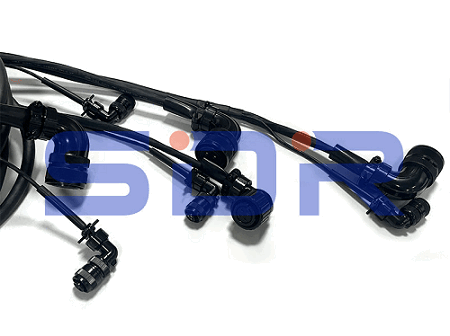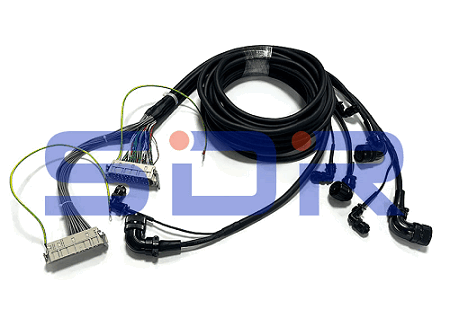Yaskawa Robotics is an esteemed global leader in the field of robotics, renowned for its innovative automation solutions. When deploying a Yaskawa robot system, understanding the power cord specifications is essential to ensure safe and efficient operation. In this article, we will delve into the power cord specifications of Yaskawa Robotics, shedding light on key considerations for installation and performance optimization.

Yaskawa robots are engineered to operate optimally within specific voltage ranges, determined by the application and prevailing electrical systems in different regions. The voltage range typically falls between 200V and 600V. Accurately identifying the appropriate voltage range for your designated robot model is crucial to guarantee compatibility with the available power supply.
Every Yaskawa robot model possesses unique power requirements during operation, reflected in the current capacity it necessitates. Measured in amperes (A), the current capacity denotes the maximum current that a power cord can safely handle without encountering issues such as overheating or electrical disruptions. Yaskawa offers explicit guidelines and specifications for each robot model, facilitating the appropriate selection of a power cord with the necessary current capacity.
To establish reliable and secure power connections, Yaskawa robots typically employ distinct connector types. The specific connector type employed is determined by various factors, including the robot model itself, power requirements, and the prevalent electrical socket standards of the region. Connector types can adhere to NEMA, IEC, JIS, or other appliCable standards. Verifying the required connector type for your particular Yaskawa robot model is crucial, ensuring compatibility with the available power outlets.

Safety should always be of paramount importance when dealing with power cords for Yaskawa Robotics. The following safety considerations should be kept in mind:
1. Proper Grounding:
To prevent electrical shock or potential damage to the robot system, it is imperative to ensure proper grounding of the power cords. Adhere strictly to Yaskawa's guidelines and local regulations to execute correct grounding procedures.
2. Cable Management:
Effective cable management plays a vital role in averting cable damage, tripping hazards, or interference with robot movement. Routinely inspect power cords, securely fasten them, and route them away from robot arms, joints, or any moving parts. Yaskawa offers specialized cable management solutions tailored to specific robot models to enhance efficiency and safety.
3. Regular Inspections:
Frequent visual inspections are essential to identify any signs of wear, fraying, or damage on the power cords. Promptly replace any damaged cords to mitigate potential electrical hazards and ensure uninterrupted operation.
Understanding the power cord specifications of Yaskawa Robotics is indispensable for the successful installation and safe operation of their advanced robotic systems. While general guidelines exist, it is advisable to consult the precise documentation and expert advice from Yaskawa to obtain accurate power cord specifications for your specific robot model. Emphasize safety by executing proper grounding procedures, practicing effective cable management, and conducting regular inspections for signs of damage. By adhering to these guidelines, you can optimize the performance, reliability, and longevity of your Yaskawa robot system.